
According to the draft amendment to the 2024 Land Law, the Ministry of Agriculture and Environment proposes to replace district-level land use planning and annual district-level land use plans with commune-level land use planning and plans. The period of commune-level land use planning is 10 years, and commune-level land use plans is 5 years. This change is to align with two-level local government.
At the conference to collect opinions from ministries, branches and northern provinces on the draft amendment to the Land Law organized by the Ministry of Agriculture and Environment on August 8, Ms. Trinh Thi Thu Huyen, Deputy Director of the Department of Agriculture and Environment of Lao Cai , proposed to remove the 10-year commune-level land use plan, leaving only the 5-year commune-level land use plan.
Ms. Huyen explained that reality proves that there are plans that have just been issued and need to be adjusted. "We have never had a period when planning at the commune level was maintained for 10 years, even at the district, provincial or national levels, we have to review and adjust every 5 years," Ms. Huyen said, adding that building a 5-year commune-level land use plan can fully reflect the required content.
According to Ms. Huyen, Lao Cai province, when implementing projects on public investment or non-budget investment, faces difficulties in applying commune-level land use planning, the key is the very complicated adjustment process. If planning is replaced by plans, it will be more convenient for adjustment. The central and provincial governments only need to control the indicators.
Agreeing with the viewpoint of making a 5-year commune-level land use plan, Mr. Pham Dinh Tu, Deputy Director of the Department of Agriculture and Environment of Tuyen Quang, said that the plan needs to have locked land areas and open areas to facilitate the adjustment and management of provincial and commune-level authorities.
"Land use planning is directional, but if we list each project to include and manage the project's arising process, it will be very difficult," said Mr. Tu, giving an example of when Tuyen Quang was building the Tuyen Quang - Phu Tho expressway, it encountered difficulties because the initial planning did not include any projects.
At the conference, Deputy Minister of Agriculture and Environment Le Minh Ngan asked for opinions from 14 representatives of provinces and cities (Dien Bien province was absent). Accordingly, 12 provinces and cities agreed to abolish commune-level land use planning, Phu Tho disagreed, and Hung Yen had no opinion.
Deputy Minister Ngan said that this content has been discussed a lot by the Central Executive Committee, but is stuck in Resolution 18 on institutional and land policy innovation. The Resolution states that "land use planning and plans must be established from the central to the grassroots level". "After collecting opinions, we will report to the levels to consider changes in the direction that the provincial level will issue the planning, and the commune level will issue the plan", he said.
According to the 2024 Land Law, the basis for establishing commune-level land use planning includes: Provincial planning, provincial-level land use planning; natural, economic and social conditions of the commune and current land use status, land fluctuations, land potential; land use needs and capabilities of sectors, fields, organizations and individuals in the area. Determining the need for residential land, urban land, and rural residential land is based on population forecasts, infrastructure conditions, landscapes and environment according to the provisions of the law on construction.
The contents of commune-level land use planning include: Land use orientation, vision to meet socio-economic development requirements; ensure national defense and security; environmental protection, adaptation to climate change; land use indicators by land type including land use indicators allocated by the provincial level and the area of remaining land types.
The draft law amending the Land Law 2024 is expected to be submitted to the National Assembly at the 10th session and take effect from early 2026 if passed.
Household Finance
Source: https://baolamdong.vn/dia-phuong-mong-muon-bo-quy-hoach-su-dung-dat-cap-xa-386938.html


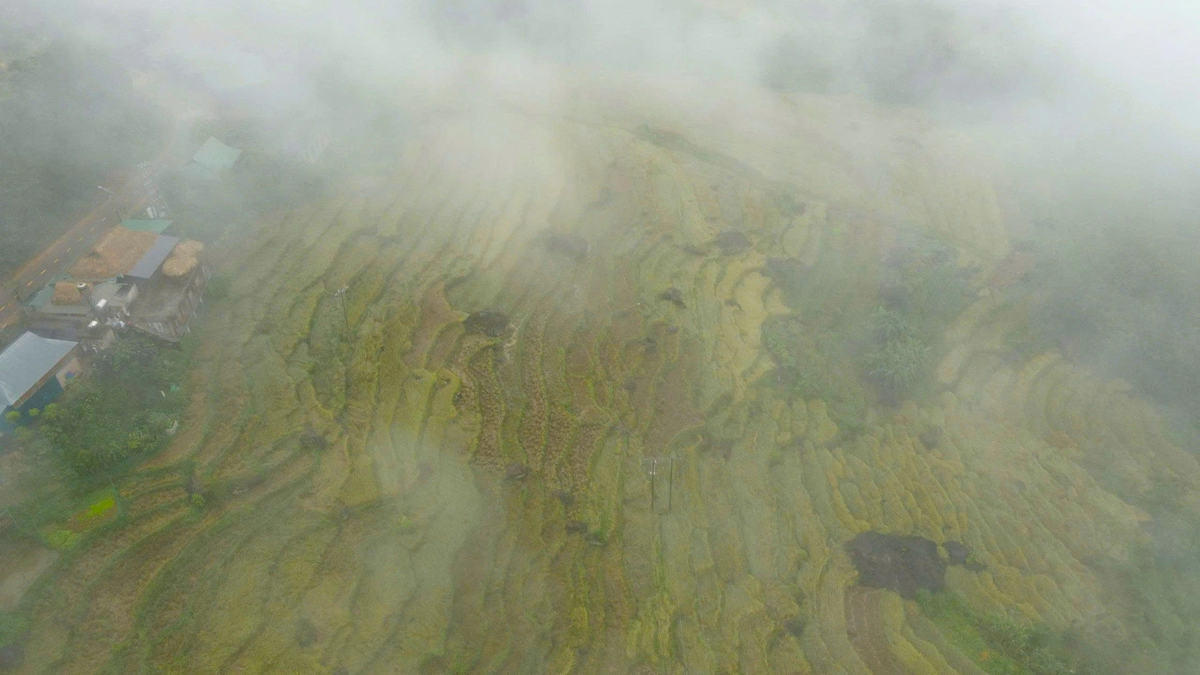



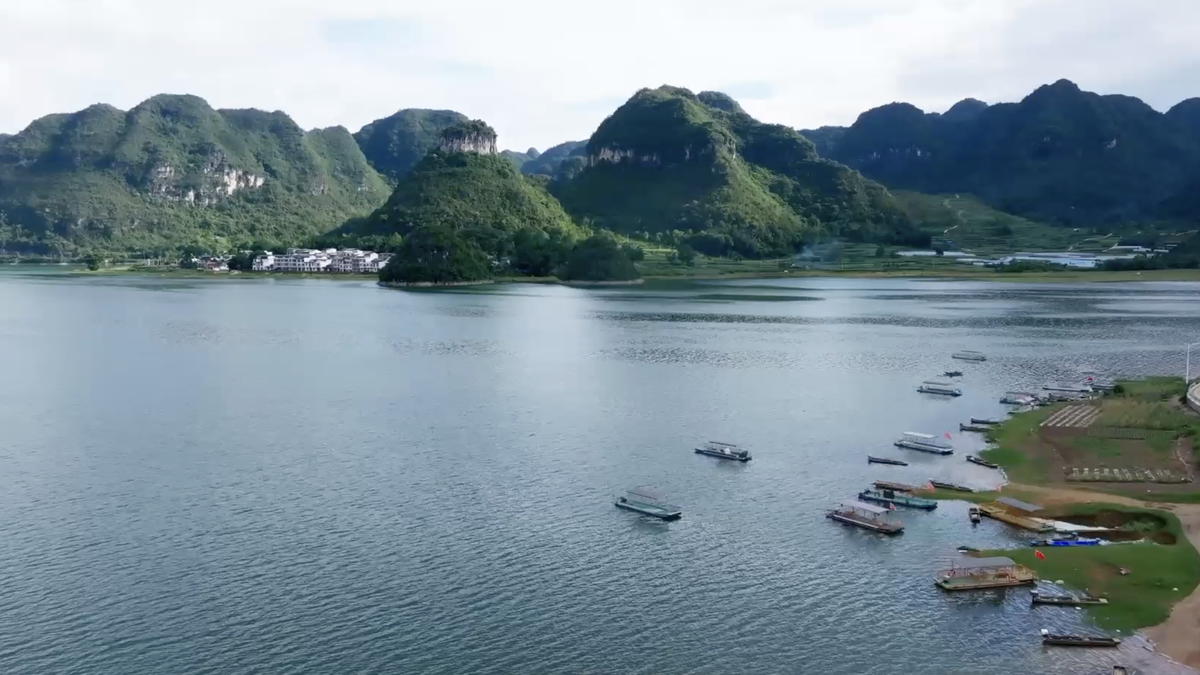
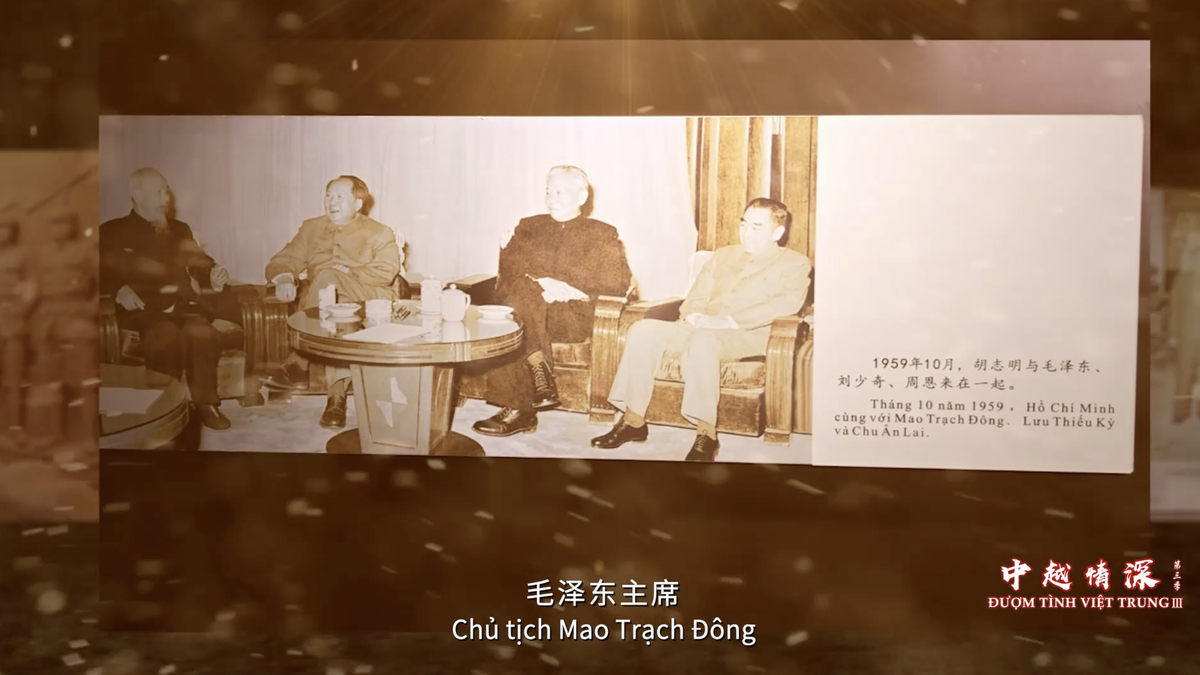




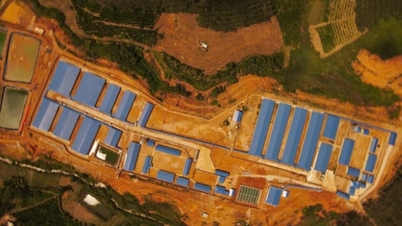




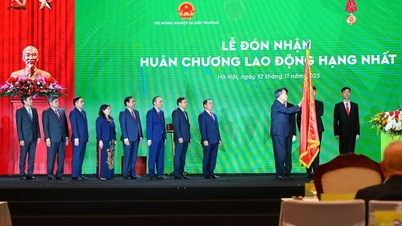

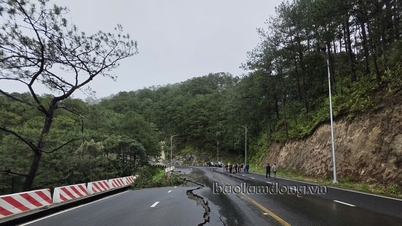
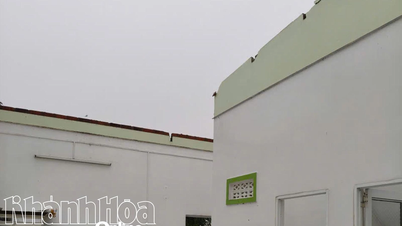

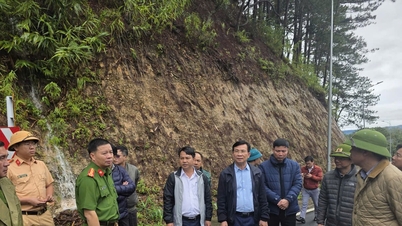



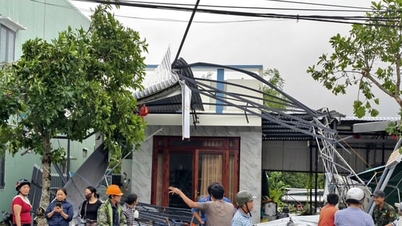








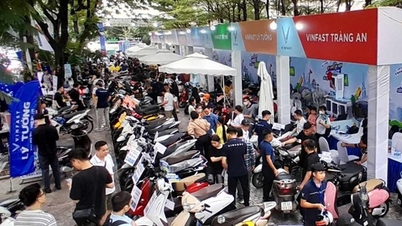
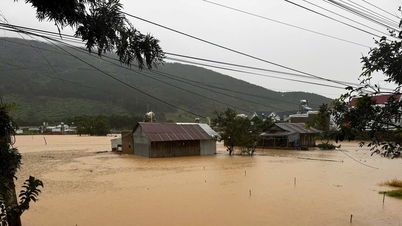








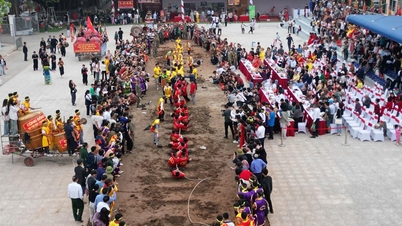







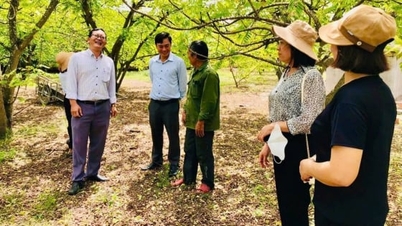



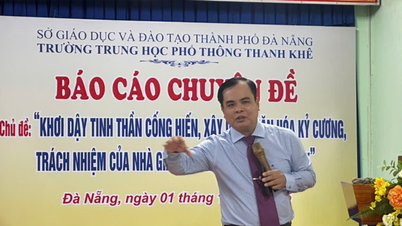

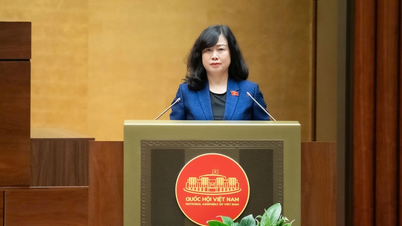

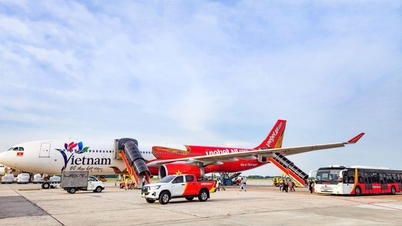

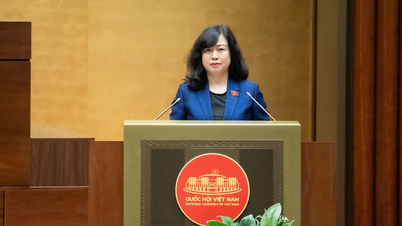


















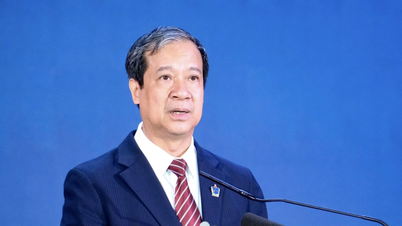










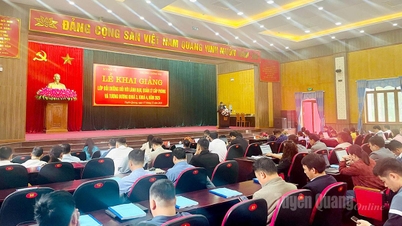



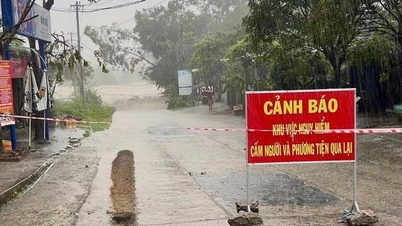








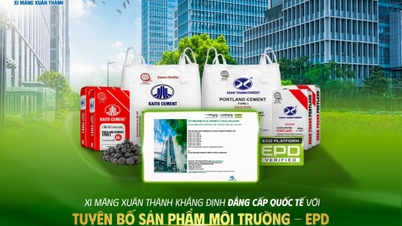
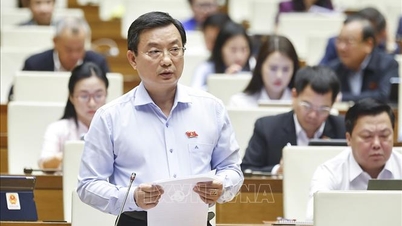

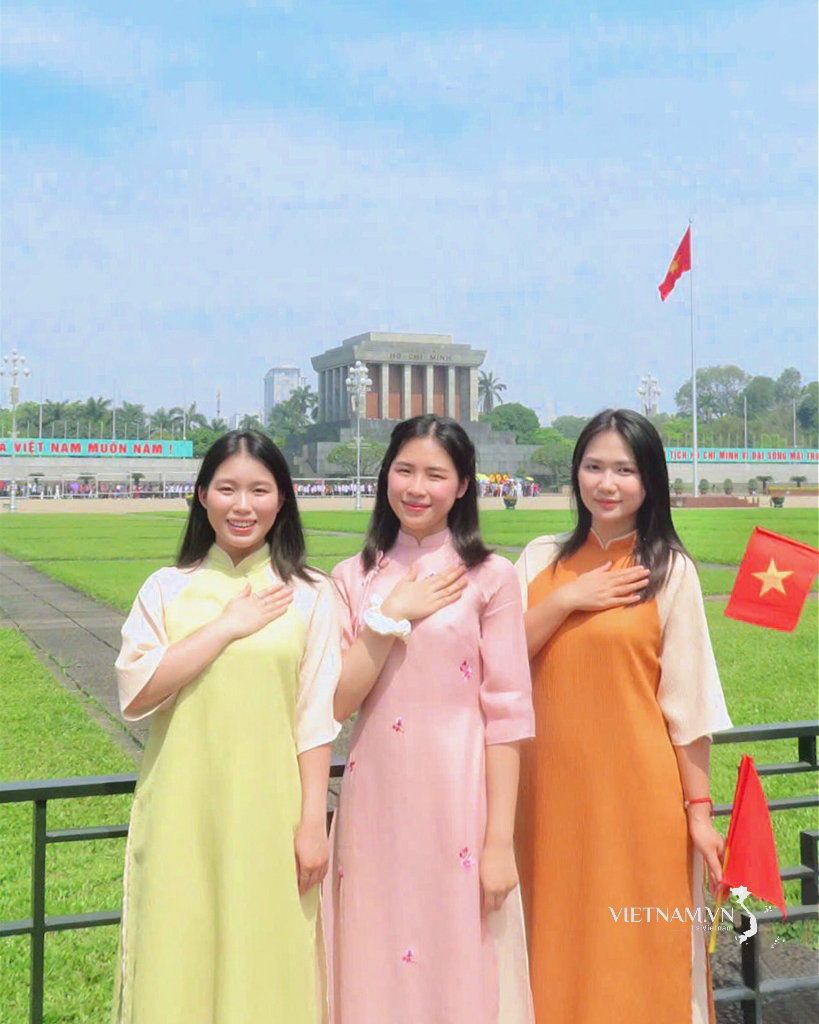



Comment (0)